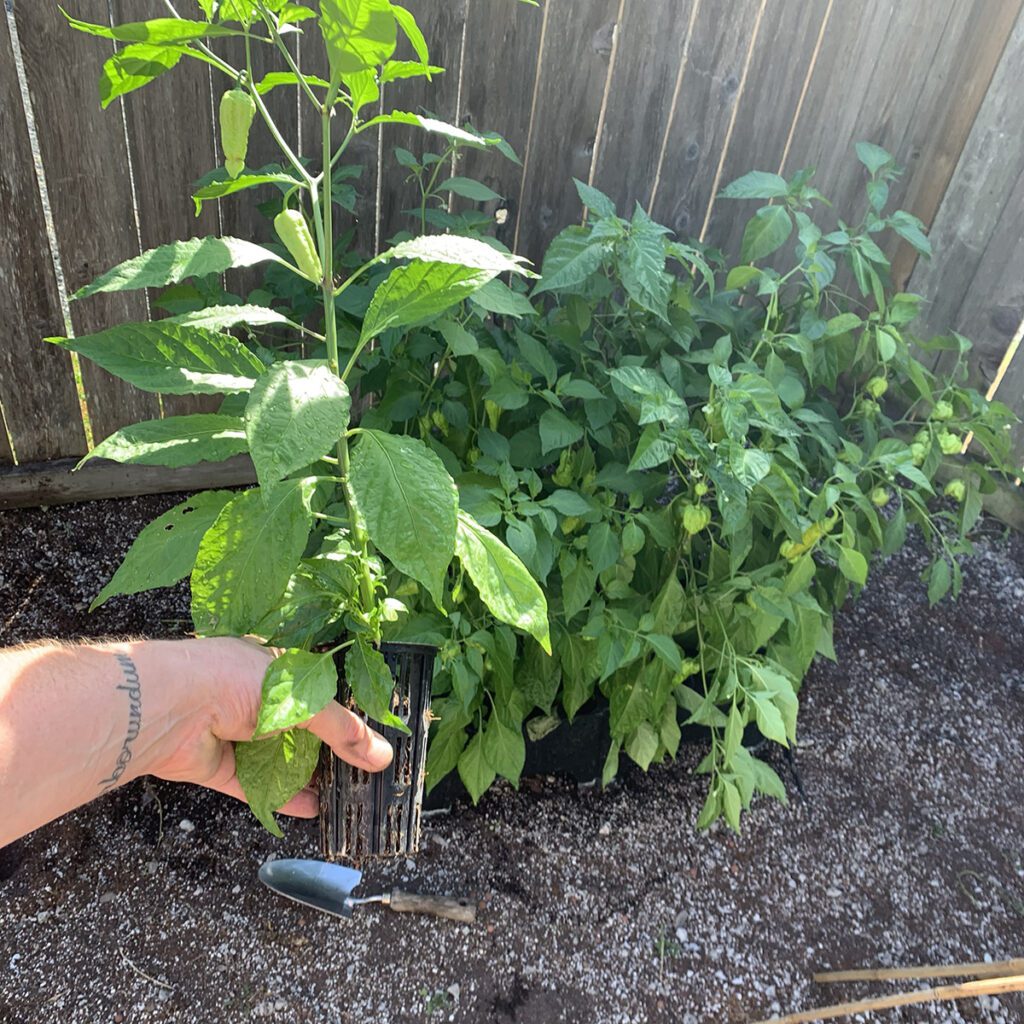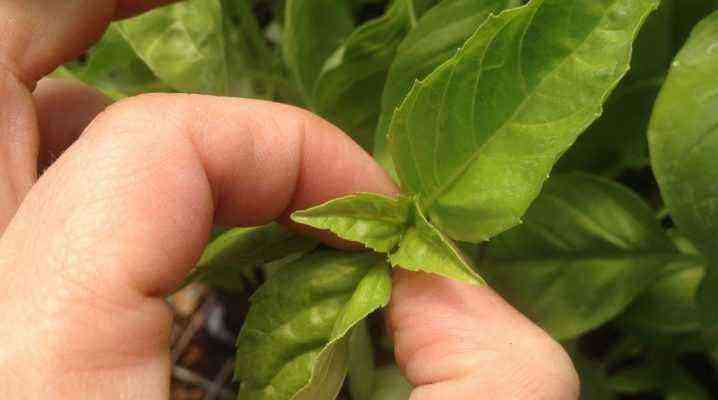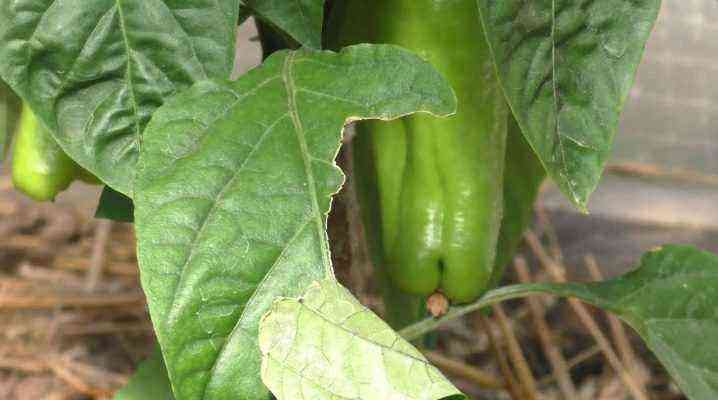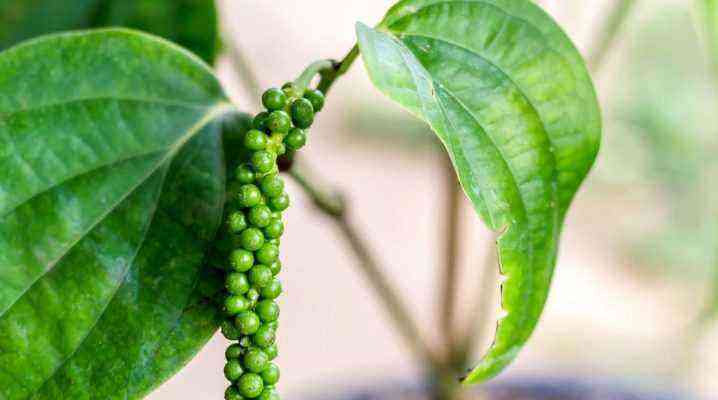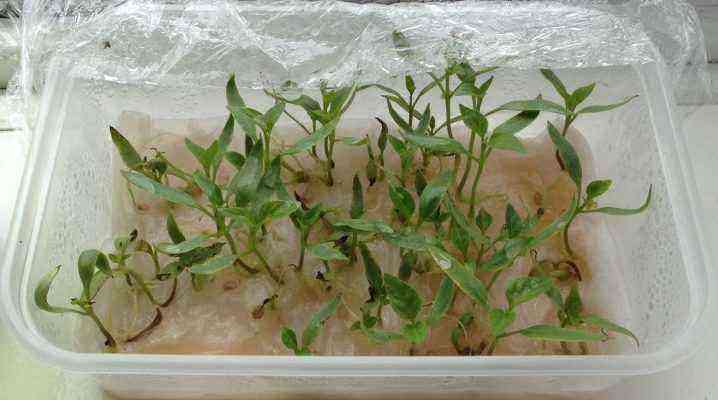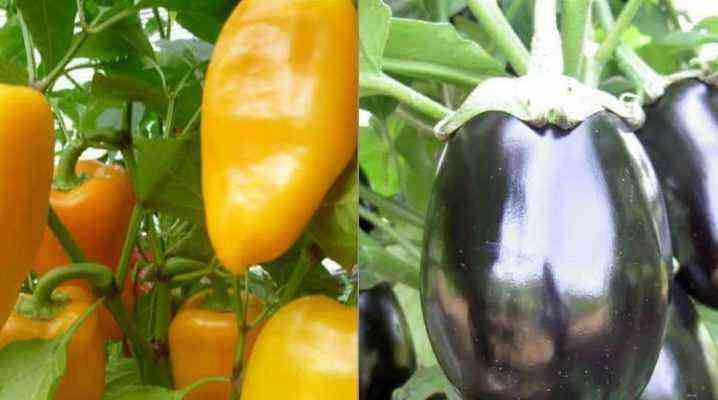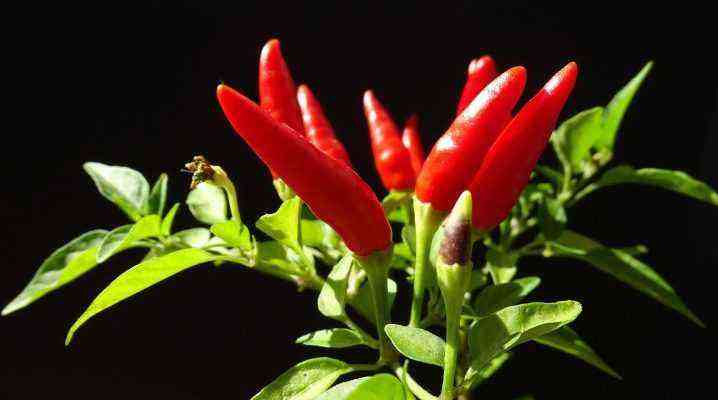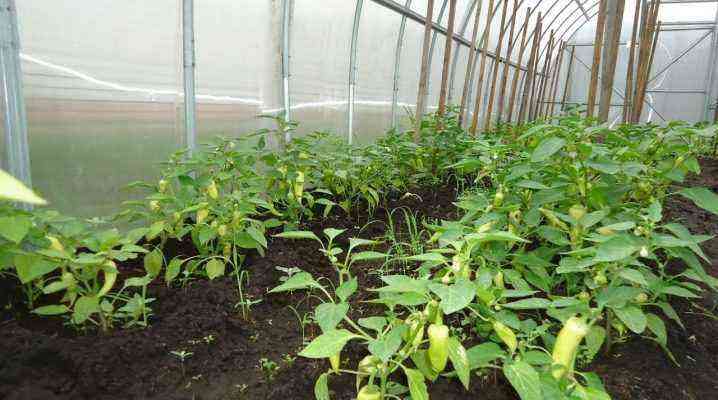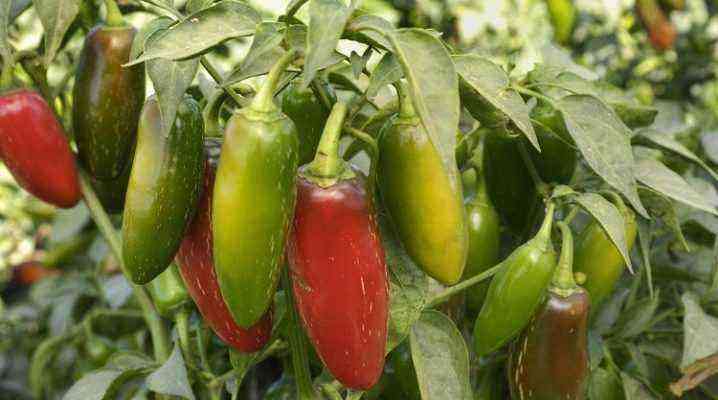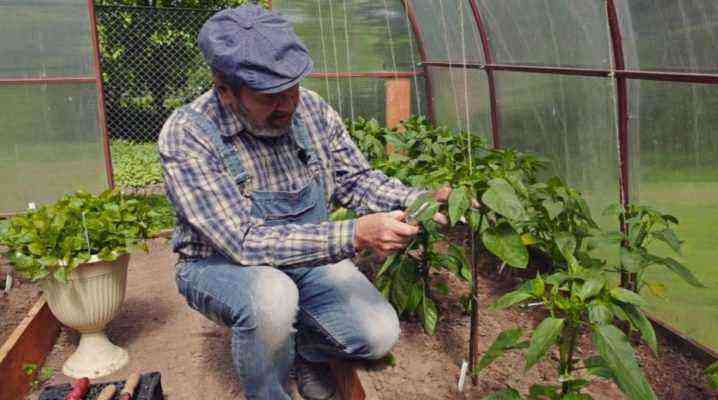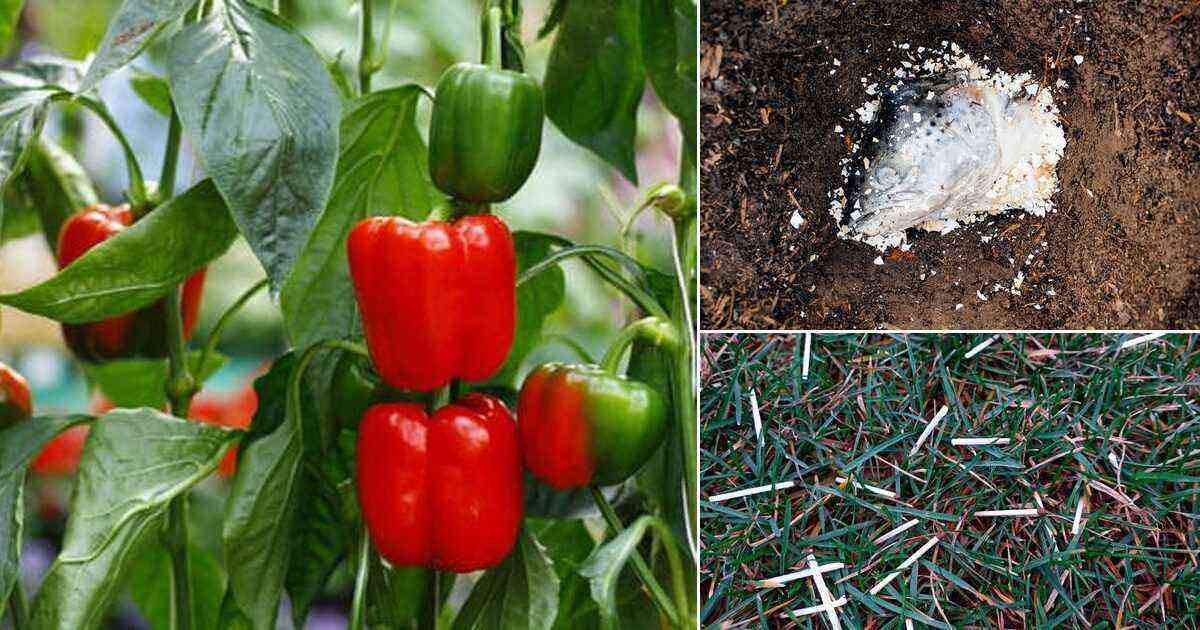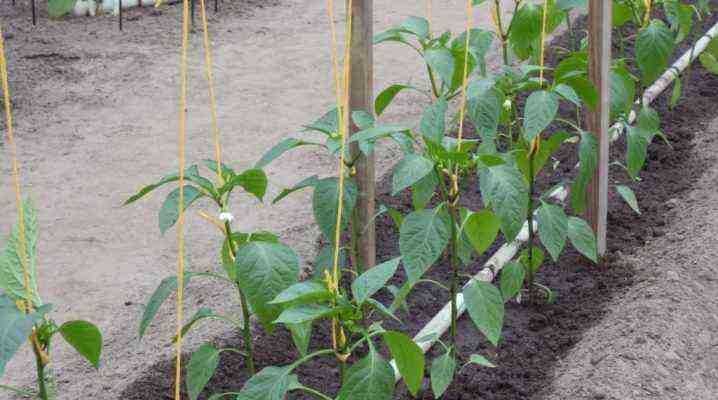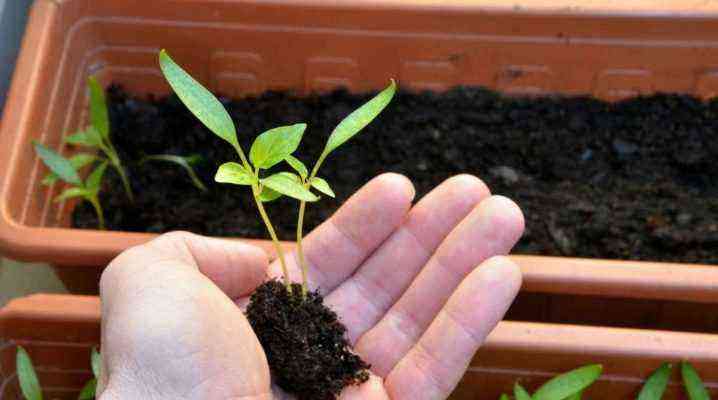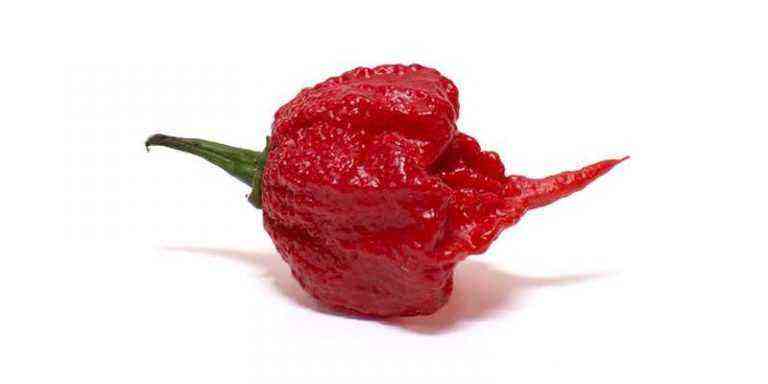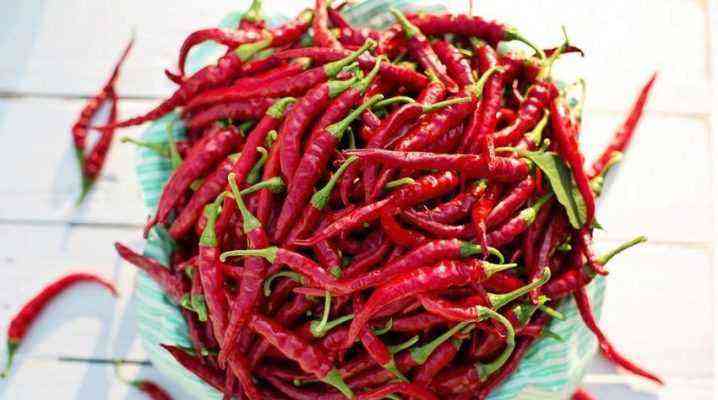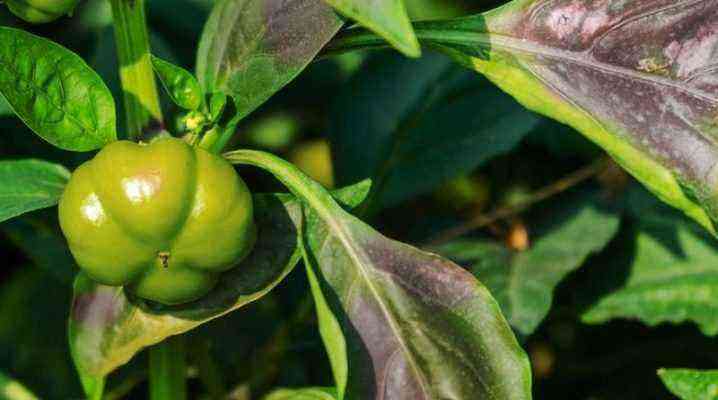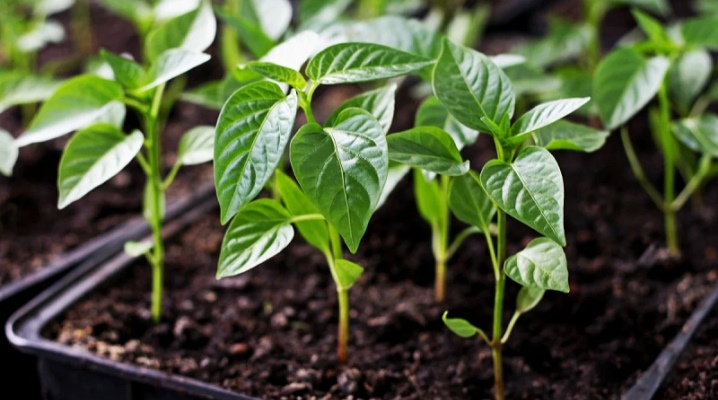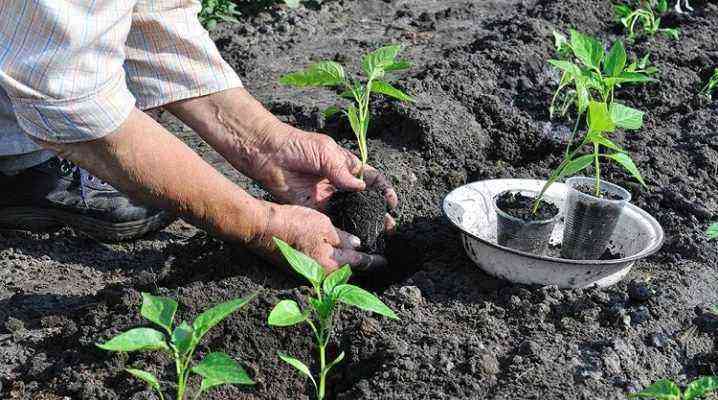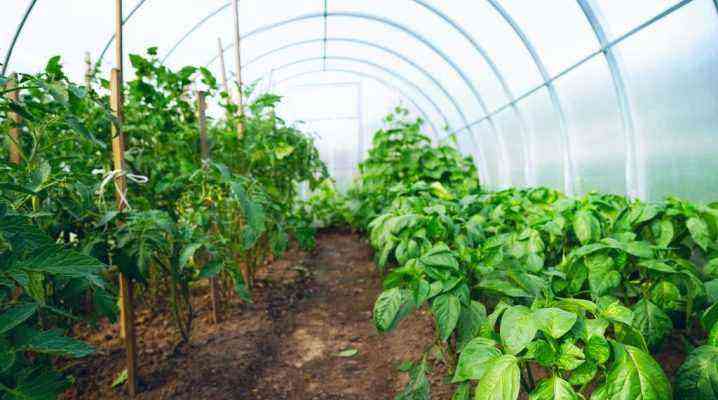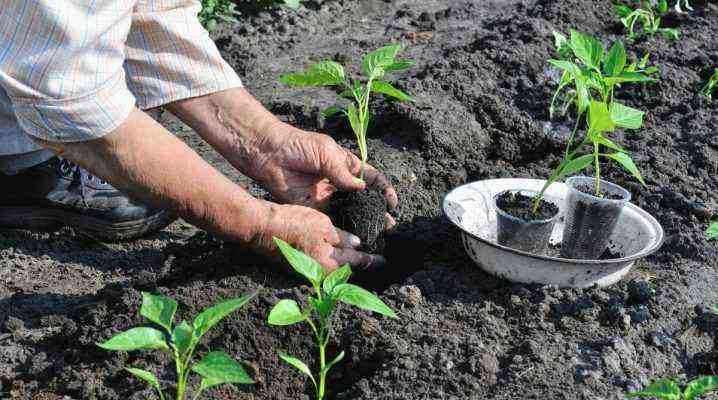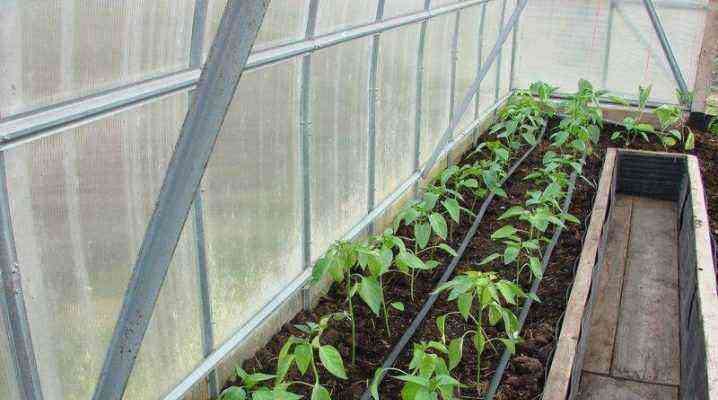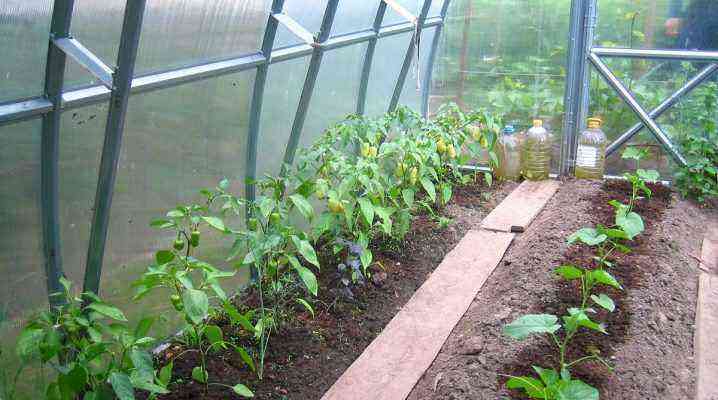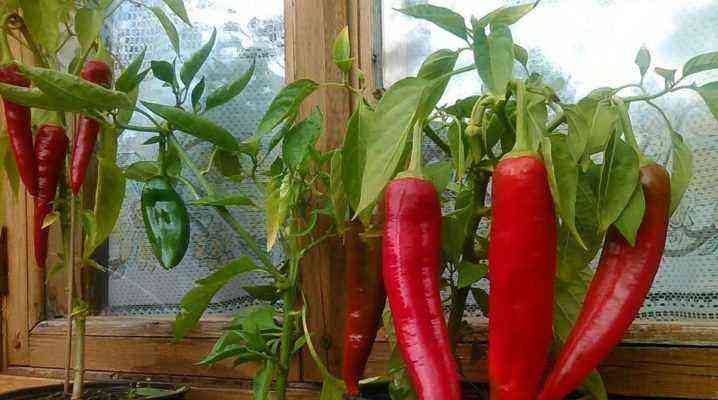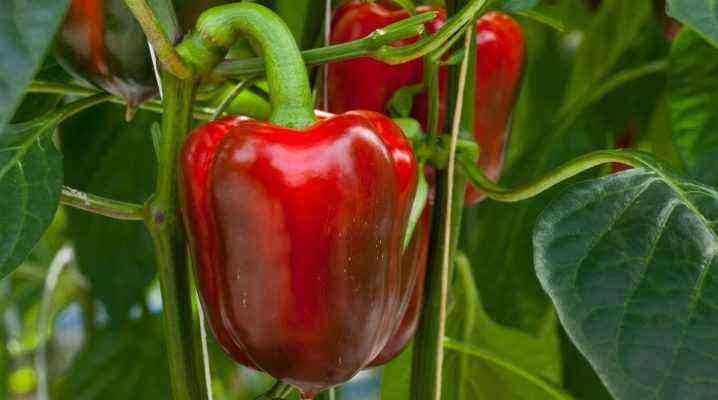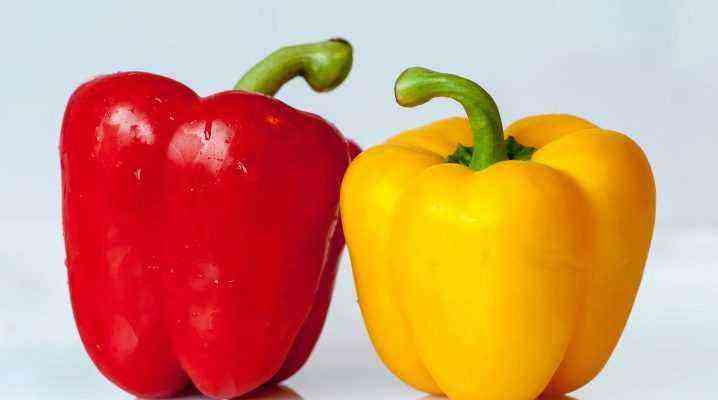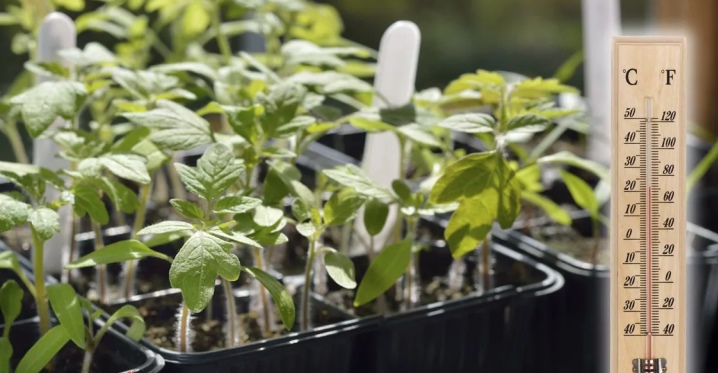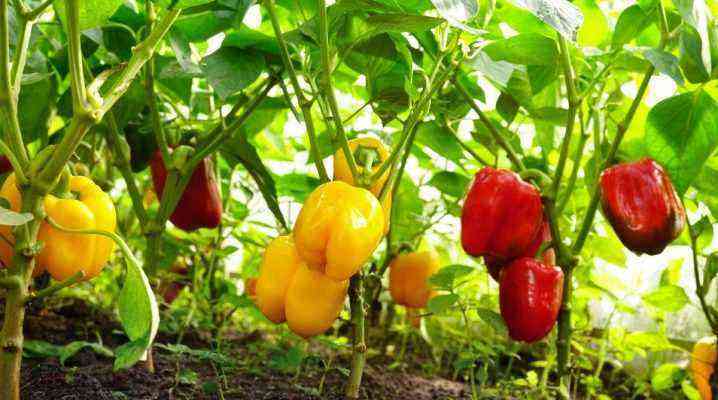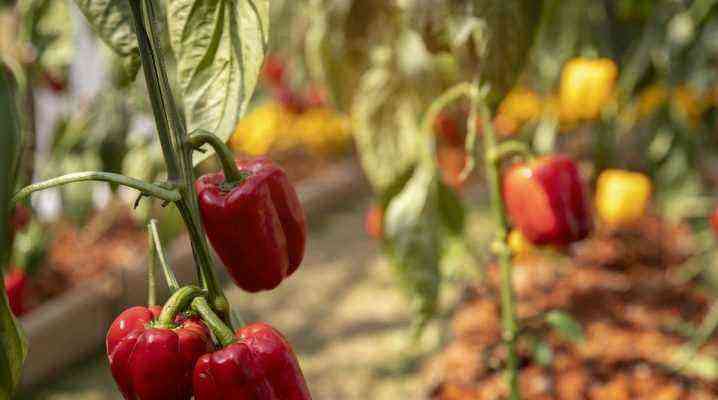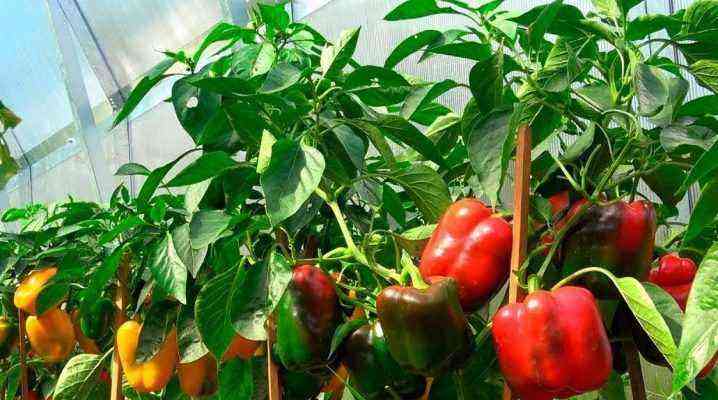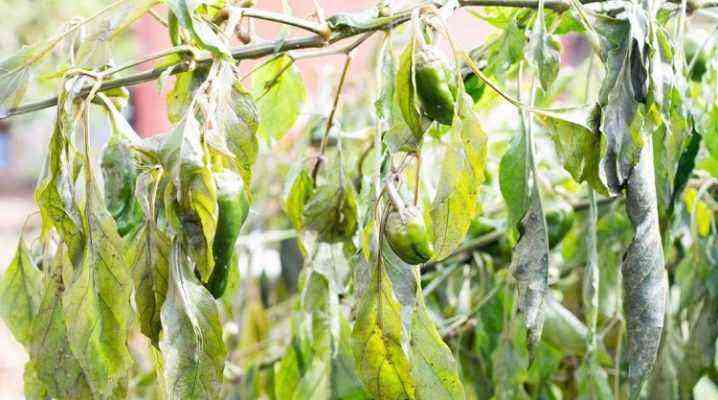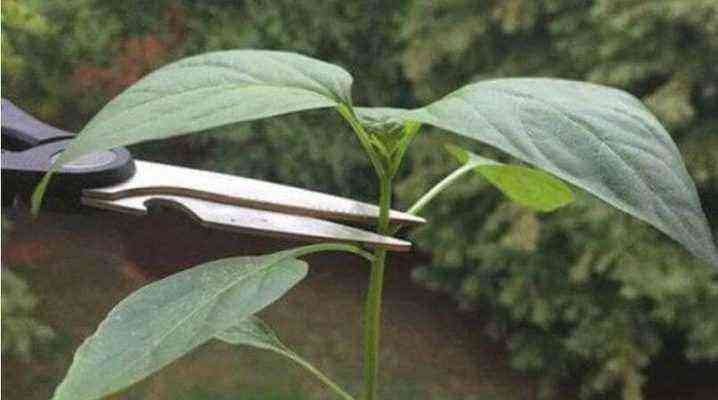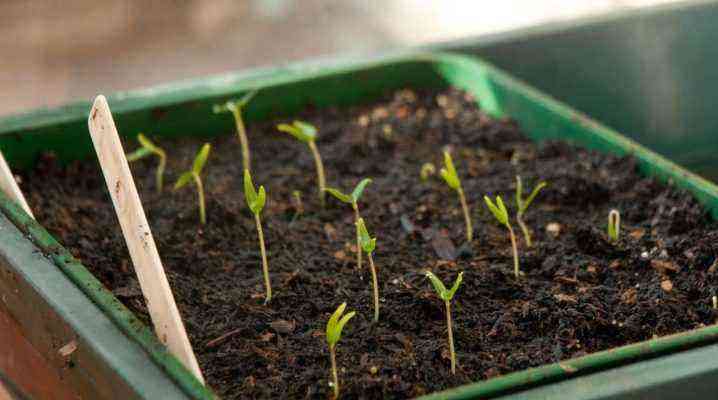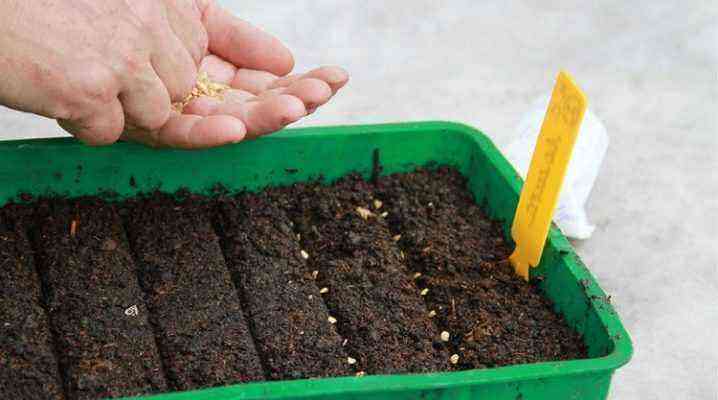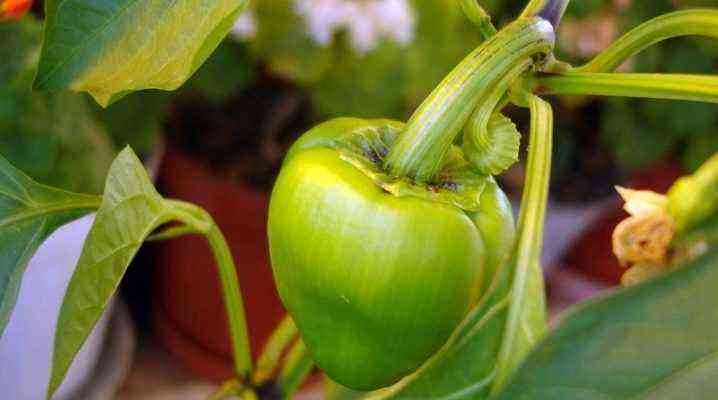Hot pepper is considered a popular seasoning, and is also used as an ingredient for the first and second hot dishes. A large amount of this vegetable is not required, so summer residents decide to combine plantings to save space.
The planting method, in which several crops are planted side by side in the same area, is not new. Combined plantings are used by both experienced gardeners and beginners in this field. Many summer residents see many advantages in this technique.
As disadvantages, it should be noted only that not all plants can coexist with hot pepper.
When placing hot peppers with other vegetables on the same bed, you need to take into account some features.
- With modern planting, space on the land is significantly saved. If you correctly combine several crops in one area, you can collect up to 15 kilograms of juicy and tasty vegetables. The main thing is to take into account the ripening time of the varieties, as well as their need for moisture and fertilizers.
- In the process of growth, grasses and fruit crops draw useful and nutritious elements from the earth. Combined plantings with proper neighborhood lead to the fact that plants take different substances from the soil, and there is no deficiency of one of the components. Moreover, the soil is saturated with useful substances.
- The correct scheme reduces the need to regularly fertilize seedlings, and in some cases, you can refuse to apply top dressing. Reducing volumes will help save money that could be spent on the purchase of complex fertilizers.
- Growing nearby crops share phytoncides with each other. These are a kind of antibiotics that protect plants from diseases, infections and other pathogenic organisms. Substances secreted by certain plant species can repel harmful insects and birds.
- Mixed plantings can positively affect not only the yield, but also the taste of vegetables.
- Tall plants will protect undersized crops from bright sunlight by casting a light shade. Also, dense green mass will protect from the cold wind and reduce the frequency of irrigation.
This method of planting is chosen to increase productivity and strengthen the immune system of plants. But these characteristics are influenced not only by the proximity of plants, but also by the predecessors that were grown on the land before transplanting hot peppers.
Excellent fruiting can be achieved if green manure, for example, mustard or cereals, previously grew at the place where the pepper was planted. Pepper also develops remarkably after legumes. As they grow, legumes saturate the soil with potassium and nitrogen.
Another suitable predecessor is the early varieties of cauliflower or white cabbage. These vegetables do not deplete the soil and leave behind favorable conditions for growing peppers. Also, hot peppers can be safely grown in locations where the following plants used to grow: zucchini, watermelons, pumpkins, melons, carrots, garlic and onions.
Before organizing a combined planting, you need to know exactly what can be planted next to hot peppers. Any plants that are adjacent to pepper in the open field or in greenhouses have a certain effect on it.
Next to the spicy vegetable, various herbs, vegetable crops and other plants grow wonderfully, for which there is a place on the site. Despite the sharp taste, hot pepper is considered a benevolent and peaceful plant.
- Eggplants are considered excellent neighbors. When laying the planting, you need to take into account that the plants must be fully ventilated and receive a sufficient amount of light. They also like warmth and moderate humidity. Both of these crops can grow in the same garden at a short distance from each other. Care for these types of vegetables is almost the same. Irrigate and fertilize them in the same way, and the crop ripens at the same time. Thanks to these characteristics, plants will become good neighbors.
With some crops, hot peppers cannot be planted in the same area. Plants will not only interfere with each other, but also cause harm, impairing health and reducing palatability.
- It is categorically impossible to combine hot and sweet peppers in one planting, as these vegetable crops are pollinated. As a result, the bell pepper has a sharp aftertaste, and the second variety loses its sharpness. Often in grocery stores and on the market you can buy vegetables with altered taste. This indicates an incorrect fit. The optimal distance between two members of the same family should be at least 15 meters, but if possible, it is better to increase this distance and plant vegetables as far apart as possible.
- Also, you can not plant a vegetable with potatoes. Such a neighborhood is contraindicated. Plants begin to get sick and transmit the infection to each other. In addition, tubers draw a large amount of valuable and nutrients from the soil.
- Beets are very fond of sunlight and as they grow, they constantly stretch upwards, creating a dense shadow for a neighboring plant. Hot pepper does not tolerate strong darkening and begins to lose strength in the shade. Legumes such as peas and beans have a negative impact on the development of pepper seedlings. These plants also cast shade.
- Cucumbers love fertilizer, abundant watering, and warm weather, while hot pepper bushes do not respond well to top dressing. Another problem is large leaves that cast a shadow on the site.
